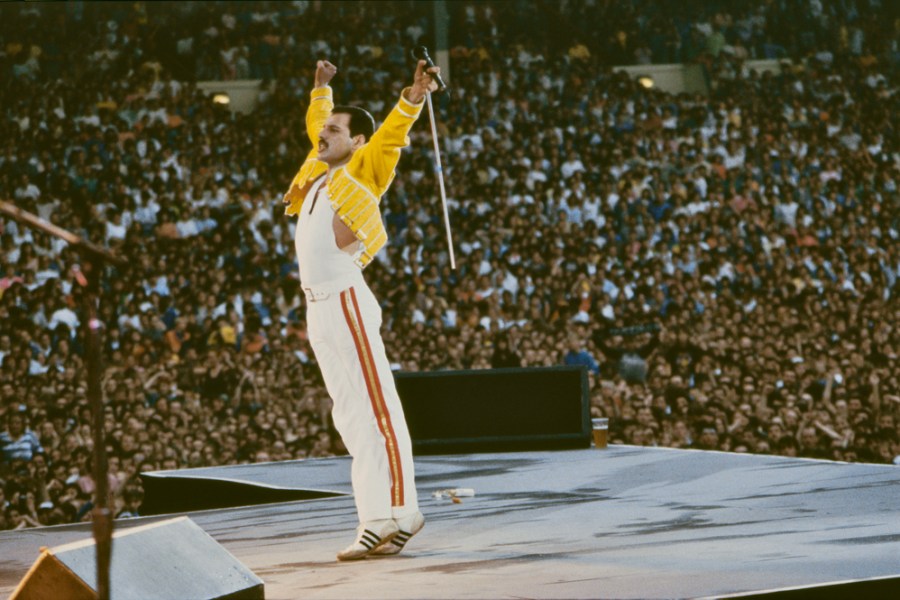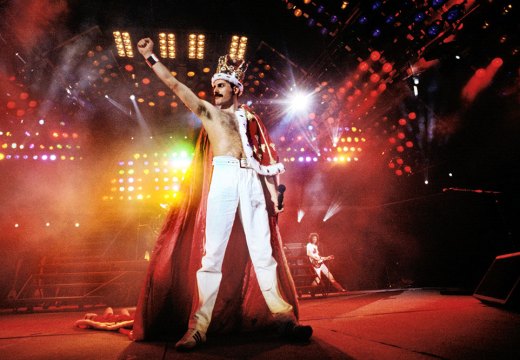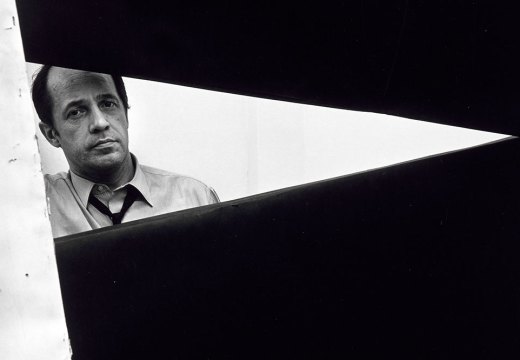What is the love language of an auction house? It’s clear to see that money is high on their list of affections – but they have other ways of communicating, too. For the big players – Christie’s, Sotheby’s and Phillips – it is crucial to be fluent in marketing. Admittedly, there’s a school of thought that describes their marketing activities as merely throwing money at a problem – but the Freddie Mercury sale at Sotheby’s shows how, sometimes, it is not just about the money. Sometimes, marketing takes on a life of its own. And it also begins to hint at the various directions in which auction houses see their future.
The collections of big stars always draw out a fanbase. Auction houses price famous people’s belongings around what would be a normal price for an object if it were divorced from the celebrity of its owner. The fanbase, excited by the chance to possess an object that was owned by their idol, then bid in a frenzy, delivering results that far exceed the estimates – at least that’s the plan. Often, you’ll find auction houses talking about ‘halo effects’ and ‘star power’. What these phrases refer to is the inflation of value – though this is at a level that they can’t predict. And while the normally tiresome everyday objects that have close personal connections with their celebrity owner can reach improbably high prices, works of art from these collections – the type of thing, like Mercury’s Japanese prints, that auction houses are used to valuing – rarely exceed their estimates in the same way. Of course, if a work is part of a renowned collection of art then the values are slightly inflated to reflect the quality of the collection as a whole. But in that case, the word that gets bandied around is ‘provenance’.

Type of Beauty: Portrait of Mrs. Kathleen Newton (c. 1880), James Tissot. Sotheby’s London, £482,600
With a level of showmanship appropriate to its subject, the Freddie Mercury sale was an object lesson in ‘star power’ at auction. Sotheby’s headquarters in Bond Street were packed with what felt like every object the man had ever owned, alongside mannequins bearing his clothes and photos that ran from the floor to the ceiling so that we knew we were in the presence of an ‘icon’. There were also racks of what are essentially second-hand T-shirts, and feline memorabilia that might make even the most dedicated cat woman blanche.
But the styling worked. Queues stretched around the block for days; it is said that they ran for a quarter of a mile. People who had never heard of Sotheby’s piled in to catch a glimpse of the man they revered – perhaps because they felt that this was a thing they’d never see again.
One of the things that gets marketing departments giddy about single-owner collections is the influx of new people. They feel particularly loved if these strangers are queueing up outside their building showing anonymous appreciation of the hard work it takes to make what should more properly resemble a second-hand car boot sale look special. Though, there’s never any certainty that the marketing department will hear back from these new acquaintances. The hard work paid off; the evening sale made £12.2m.

Draft lyrics for Bohemian Rhapsody, c. 1974, Freddie Mercury. Sotheby’s London, £1.3m
One of the highlights was the lyrics for ‘Bohemian Rhapsody’, scribbled on a piece of paper headed with ‘British Midlands’. While the air company no longer, the third bestselling single of all time very much does. Seeing the scribbles, the crossings out, the rewriting and rethinking of this magisterial moment of pop on such a contingent medium can’t help but make the viewer feel close to the process of composition – no matter how delusional that feeling is. In the event, this single sheet of paper sold for £1.3m. It brought a hearty round of applause – and the fact that these rounds of applause kept happening throughout the sale was another sign that many people in the room were new to Sotheby’s.
The pace of the sale was slightly odd. When the ‘Bohemian Rhapsody’ lyrics came to the block, Oliver Barker offered a mini-lecture on the significance of this work. It is, we were told, ‘A testament to Freddie’s self belief. At the moment the band desperately needed a hit they chose to release an experimental masterpiece that was six minutes long and lacked a conventional chorus; revealing untold insights into other possible directions the song could have taken…’ On it went, accompanied by a montage of the work that included close-ups of the manuscript in a lovingly prepared video of the type familiar to people who regularly frequent auction websites.

The Freddie Mercury sale at Sotheby’s London. Courtesy Sotheby’s
This is not normal in an auction. When Jussi Pylkkanen sold Picasso’s Les femmes d’Alger in 2015 for $179.4m – to become what was then the most expensive work of art ever sold – he restrained himself to saying ‘wonderful painting’, before continuing to bring in the bids. But now, it appears that auction houses believe ‘content’ is key to the future – and the content is no longer that of the objects they are selling.
In the middle of the business of selling, Sotheby’s was fashioning marketable moments. It’s not unlike when the BBC trail a new programme in the middle of the news and call it a report. It feels slightly off – but the organisation is in thrall to establishing its brand as they slavishly chase a new audience while preaching to the current one. Time will tell if it works –– if people they’ve never met show them the love with the colour of their money. But it’s not hard to see why Christie’s sent out an email about the collection of Charlie Watts the day after the Freddie Mercury. They’d clearly like a slice of this love, too.
Unlimited access from just $16 every 3 months
Subscribe to get unlimited and exclusive access to the top art stories, interviews and exhibition reviews.














![Masterpiece [Re]discovery 2022. Photo: Ben Fisher Photography, courtesy of Masterpiece London](http://www.apollo-magazine.com/wp-content/uploads/2022/07/MPL2022_4263.jpg)
It’s time for the government of London to return to its rightful home